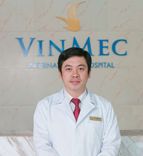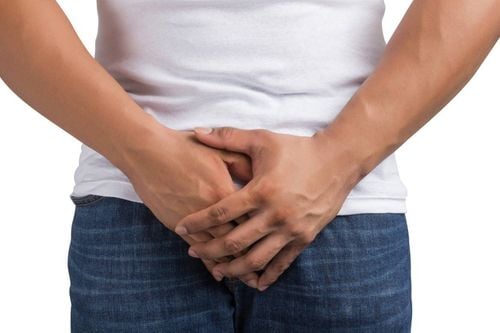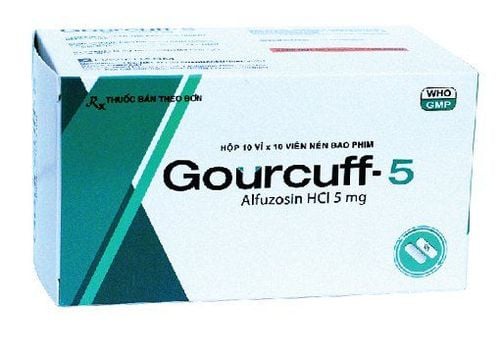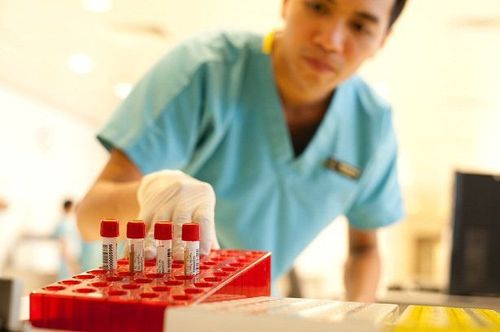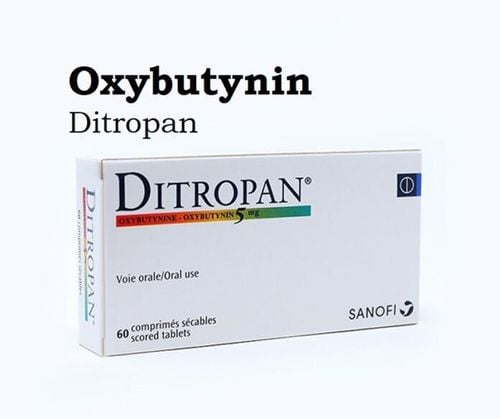This is an automatically translated article.
The article was professionally consulted by MSc Vo Thien Ngon - Urologist, Vinmec International Hospital Da Nang.Varicocele is a condition in which the veins in the spermatic cord become dilated and abnormally twisted, this is a common condition affecting up to 10-15% of men after puberty. Varicocele can affect the patient's life, especially and is a risk of infertility.
1. What is varicocele?
The spermatic cord is a tube that goes from each testicle to the lower abdomen, in which the vas deferens, blood vessels, lymphatic vessels, and nerves. A varicocele is when the veins in the spermatic cord dilate, becoming larger and visible to the naked eye. Varicose veins can occur in one or both testicles, but left varicocele is more common.The cause of varicocele is that the valves of the small veins in the scrotum are not working properly. These are one-way valves that open to allow blood to flow back to the heart and close when blood flow slows to prevent blood from flowing back. When there is a weakening of the venous valve system, the blood can flow backward due to the action of gravity causing stagnation and varicose veins.
Varicose veins can occur when there is a large venous obstruction in the abdomen, such as a tumor of the kidney that grows, causing increased pressure on the smaller veins in the scrotum causing varicose veins, however. This is rare and usually occurs only in men over 40 years of age.
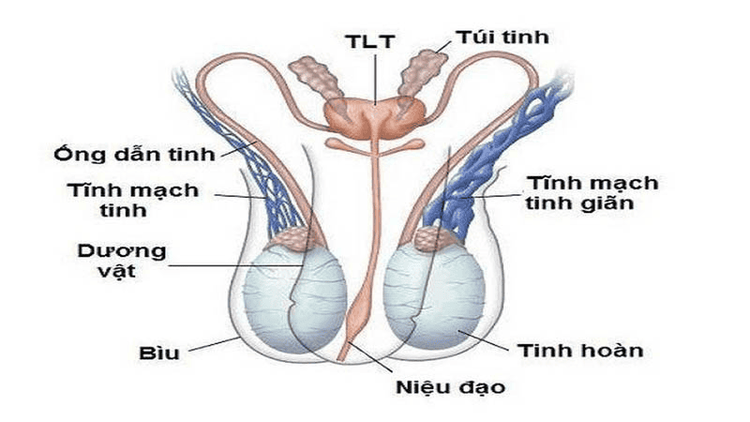
2. How to classify varicocele
Classification according to Dubin (1970) varicocele is divided into 5 levels according to clinical examination as follows:Grade 0 varicocele: Not clinically detected, diagnosed only by means diagnostic imaging such as ultrasound, angiography,... Grade 1 varicocele: When performing the Valsava maneuver, the varicose veins are palpable. Varicose veins grade 2: When the patient is in an upright position, the varicose veins are palpable. Varicose veins grade 3: When the patient is upright, varicose veins are seen. Varicose veins grade 4: Whether the patient is standing or lying down, it is easy to see the bunion. When examining by ultrasound, the patient is diagnosed with varicocele when the diameter of the spermatic vein is > 2.5mm, in discreet cases it is often combined with the Valsalva maneuver to evaluate. Grade 3 varicocele is a common clinical case, when the veins are already prominent under the skin of the scrotum and the patient often presents with testicular pain.
3. Is varicocele required treatment?
Varicose veins cannot heal on their own because varicose veins cannot heal on their own. Varicose veins can be the cause of infertility due to the following reasons:Blood stagnation in the veins causes an increase in temperature in the scrotum, reducing the quantity and quality of sperm, thereby reducing the ability to reproductive. If varicocele occurs in adolescence, the testicle on the side of the varicocele is usually less developed than normal. Small testicles can contribute to an increased risk of infertility. However, the majority of men with varicocele are not infertile, in fact many men with grade 3 varicocele still have many children and up to 85% of adult men have varicocele but do not. related to infertility. If varicocele does not cause symptoms such as testicular pain, testicular atrophy, or fertility problems, it should not be treated. According to current recommendations, varicocele should only be treated when:
When examining clearly the varicose veins of the testicles. When the semen analysis showed a low sperm count, the patient had been infertile for more than two years. Infertile but unexplained.

4. Can varicocele curable?
In cases where treatment is indicated, depending on the severity of the disease, mild cases can be treated medically, in more severe cases, surgery is often indicated. There are many surgical methods of varicose vein ligation such as: conventional surgery, laparoscopic surgery, microsurgery, occlusion of vessels with balloon or spiral... in which microsurgery ( microscopic surgery) is commonly applied, due to its safety, high efficiency, and few complications.After varicocele surgery, the patient's sperm concentration improved markedly. According to studies, from 21-55% of patients with no sperm before surgery will have sperm in their semen after surgery, about 21% of patients after varicocele can give birth naturally without needing to have a baby. fertility measures.
Varicocele is curable, but after successful treatment patients can relapse after a few months or a few years. To avoid the risk of disease recurrence, patients should note the following points:
Comply with the doctor's instructions, when there are abnormal signs, they must go to the doctor for timely treatment and re-examination on time. Avoid strenuous physical activities, especially avoid movements that put pressure on the scrotum. Avoid standing or sitting for too long, limit bathing in hot water for too long to avoid increasing the temperature of the scrotum.
Please dial HOTLINE for more information or register for an appointment HERE. Download MyVinmec app to make appointments faster and to manage your bookings easily.
